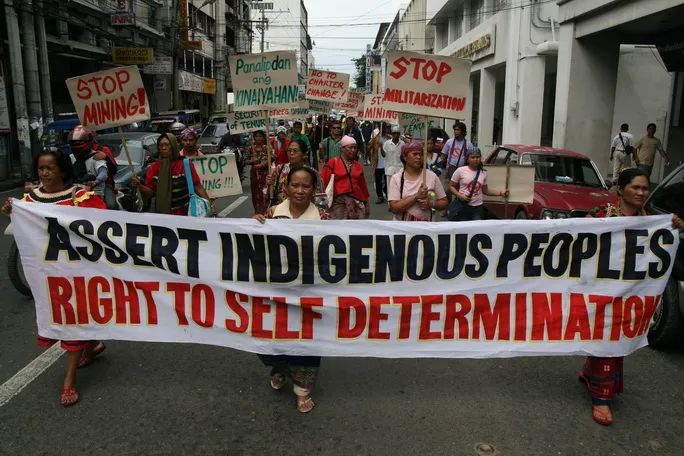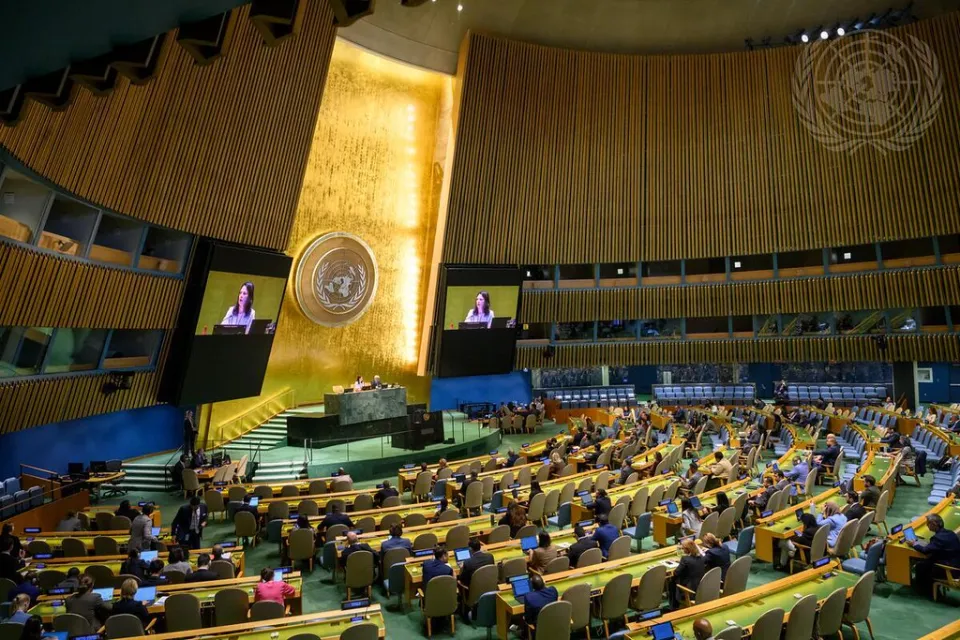
This article explores the concept of self-determination as articulated in Articles 3 and 4 of the United Nations Declaration on the Rights of Indigenous Peoples (UNDRIP). Self-determination is recognized as a collective right of Indigenous Peoples, affirming their autonomy to govern their internal affairs and to participate meaningfully in decisions that affect their lives and communities. The exercise of this right includes autonomy in promoting, developing, and maintaining their institutional structures; ownership, stewardship and sustainable use of traditional lands and territories; control over essential services such as health care; and the legal recognition of collective identities and rights—potentially through constitutional provisions.
For a systematic and evidence-based approach to Indigenous Peoples’ rights as reflected in national constitutions, refer to the Indigenous Peoples' Rights in Constitutions Assessment Tool. This tool adopts a rights-based perspective grounded in the lived experiences, perspectives, and priorities of Indigenous Peoples.
Defining Self-Determination
The legal concept of self-determination can be described as the power to make one’s own decisions, and to determine one’s political status, and to be free from external control or domination. While historically central to decolonization and modern state-building, self-determination is now increasingly associated with Indigenous Peoples’ claims for democratic participation and increased autonomy. National legal frameworks vary in their recognition and implementation of this right, reflecting diverse historical and political contexts. The operationalization of self-determination has often contributed positively to reconciliation and transitional justice processes, fostering inclusive governance and strengthening the social contract between Indigenous communities and states. The UN emphasizes that self-determination should not be viewed as a threat to state sovereignty, but as a foundation for peace, sustainable development, and equitable power-sharing.
Self-Determination Dimensions
Self-determination for Indigenous Peoples is most understood in its internal dimension—within the boundaries of the state—rather than as an external right. The external dimension refers to the right of ethnicity and Indigenous Peoples to determine their status within the international community. This form of self-determination is rarely reflected in constitutional frameworks, with Ethiopia being a notable exception. Under international law, external self-determination is generally pursued through political rather than legal mechanisms.
Further, the Working Group on Indigenous Populations has identified “an experience of subjugation, marginalization, dispossession, exclusion or discrimination, whether or not these conditions persist” as a relevant factor in defining indigeneity. While such experiences have contributed to movements for independence in contexts like Kosovo, the International Court of Justice (ICJ), in its advisory opinion on Kosovo, clarified that international law does not establish a general right to secession.
Therefore, the rest of this article focuses on the internal dimension of self-determination, which remains the most widely accepted and actionable framework for Indigenous Peoples to assert their rights, enhance autonomy, and contribute to inclusive governance and reconciliation processes.
Constitutional Approaches to Self-Determination
The Inclusion Portal offers a country-profile-based, up-to-date resource on five marginalized segments across 138 countries. It serves as a unique and user-friendly comparative tool that highlights legal provisions for political inclusion, drawn from national constitutions, electoral laws, and political party laws. For the ethnicity and Indigenous Peoples segment, the portal includes relevant provisions on fundamental rights, political participation and representation. By leveraging the Inclusion Portal as a legal reference for a comparative and comprehensive study of self-determination as a constitutional concept, the following approaches can be identified as particularly relevant to Indigenous Peoples:
- In recognition of the principle that Indigenous Peoples’ rights should be upheld consistently across a country—and that the realization of fundamental rights is often more effectively safeguarded at the national level—Mexico offers a ‘broader autonomy’ approach to self-determination. The national legal frameworks that support the political inclusion of Indigenous and Afro-Mexican peoples and communities are rooted in the country’s multicultural and multiethnic character. These frameworks affirm that the scope and content of recognition are shaped through mutual understanding and agreement between the state and Indigenous Peoples, and include—recently—the formal recognition of these communities as a fourth level of government.
-
In some national contexts, a territorial self-government and autonomy approach is adopted to support Indigenous Peoples’ self-determination. This approach may be operationalized through the establishment of autonomous regions, with varied legal statuses, in areas where indigenous communities are concentrated geographically. In Denmark, the Act on Greenland Self-Government (2009) establishes the legal framework for Greenland’s indigenous self-rule government. It recognizes the Greenlandic people as a people under international law, affirming their right to self-determination. The Act grants legislative, executive, and judicial powers to Greenland’s Self-Government institutions and provides recognition for their land rights, cultural rights, and customary law. It also guarantees representation and consultation in the central government. In Canada, national frameworks include treaties and bilateral mechanisms that promote the self-determination of Indigenous Peoples. These frameworks encompass constitutionally protected Land Claim Agreements, as well as self-government rights and political recognition. The treaties provide for the protection of traditional ways of life, access to resource development opportunities, and participation in land and resource management decisions—covering approximately 40 per cent of Canada’s land mass.
Furthermore, to ensure that the exercise of self-determination does not negatively impact smaller in-group Indigenous communities, any legal approach to self-determination must uphold the fundamental rights enshrined in national legal frameworks. This includes safeguarding the rights of marginalized segments within Indigenous communities—such as women, youth, persons with disabilities, and minorities within minority groups.
A rights-based approach to self-determination must be inclusive and intersectional, ensuring that autonomy and governance structures reflect and protect the diversity within Indigenous Peoples themselves.




